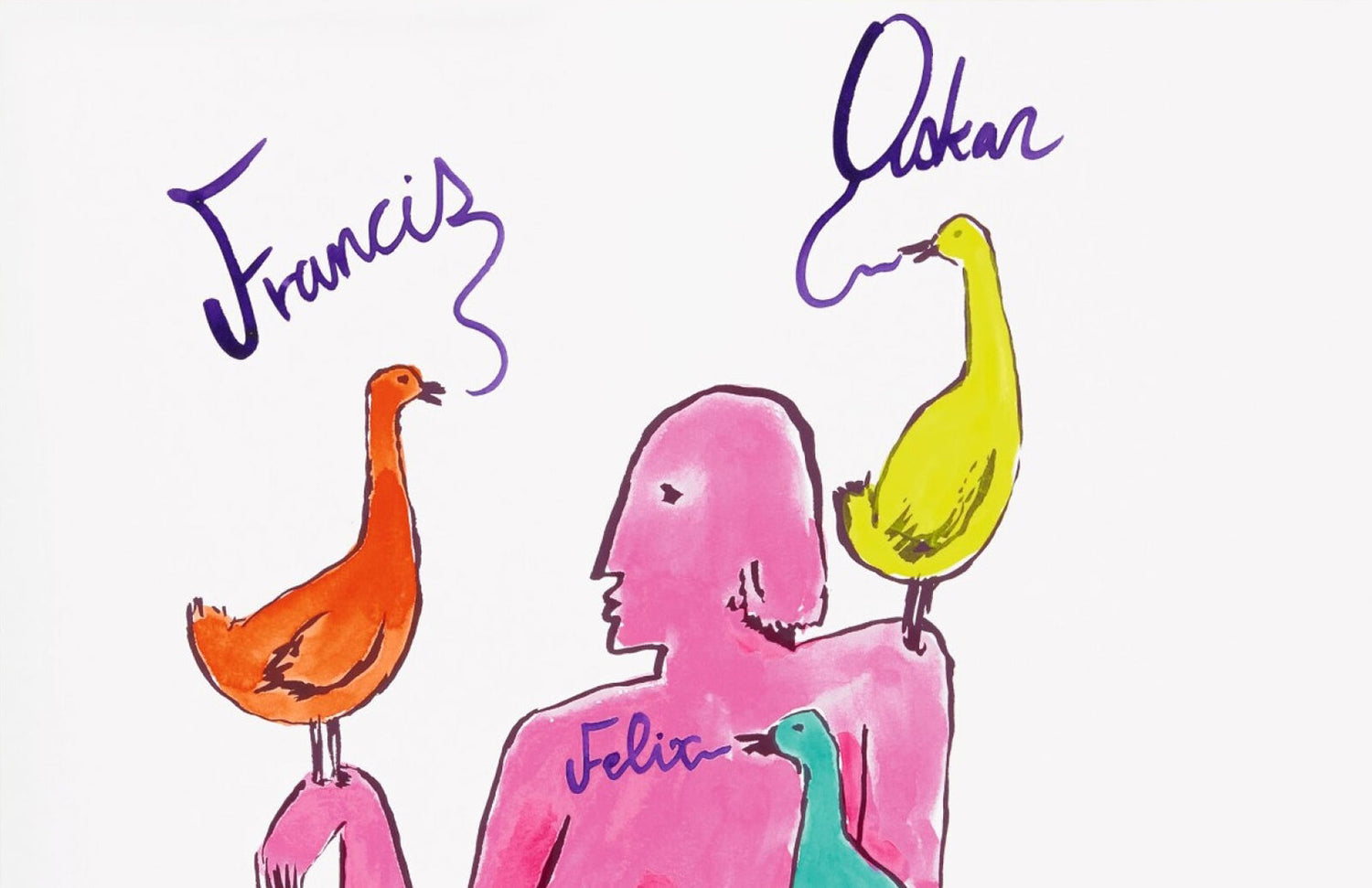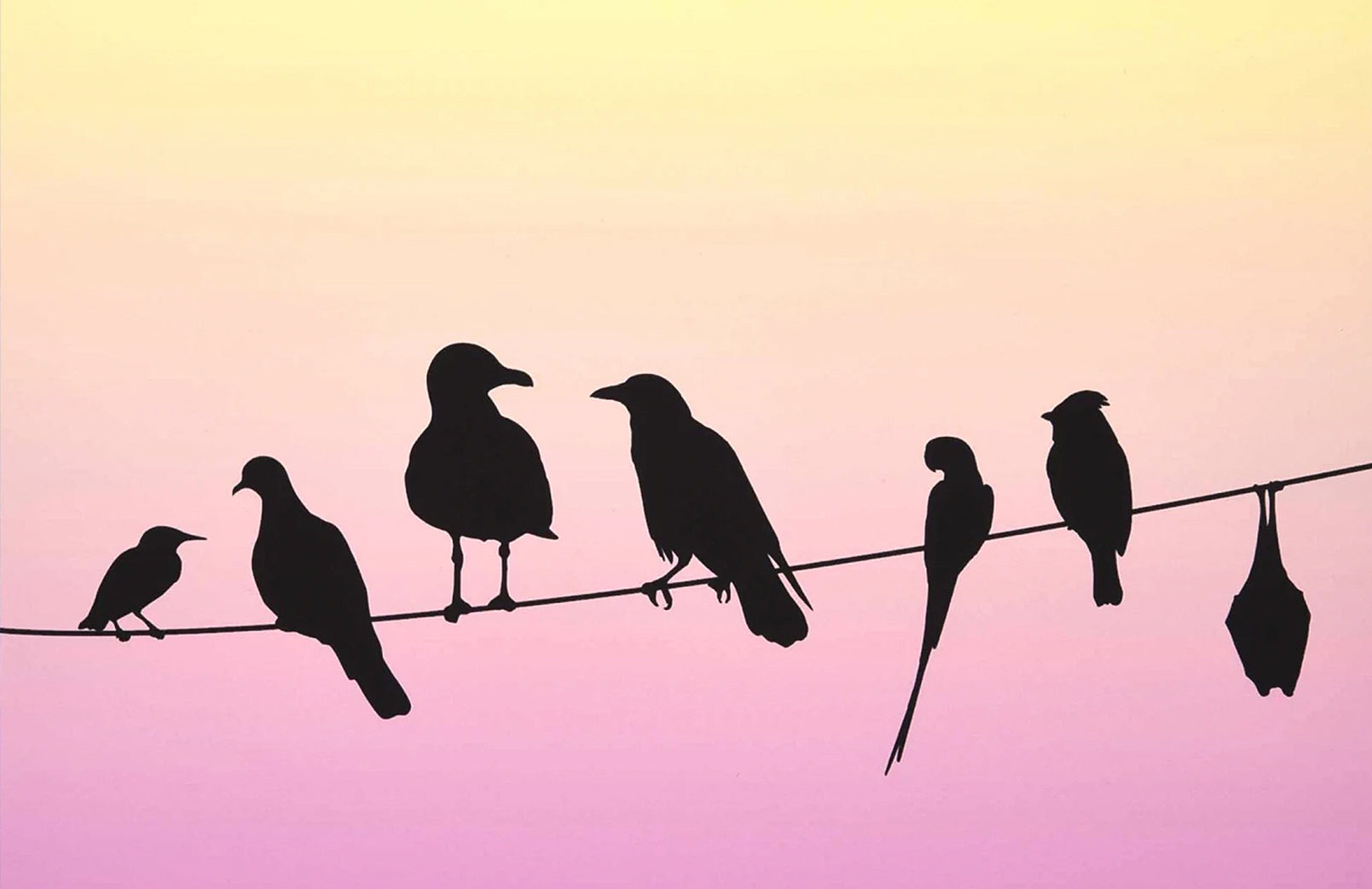Nicolas Party has built a practice that transforms the familiar into the fantastical. Part painter, part scenographer, he conjures immersive worlds of colour and form where landscape, portraiture, and still life shed their historical stiffness and glow with uncanny life. From pastel murals to sculptures that seem to breathe beneath their pigments, Party treats art as a theatre of sensation, one that reawakens our eyes to the everyday.
Colour as Drama
Emerging in the 2010s, Party embraced the centuries-old medium of pastel with an almost rebellious devotion. His palettes of electric oranges, deep violets, luminous blues create scenes that sway between dream and reality where figures and trees dissolve into pure geometry. For Party, colour is not merely decoration; it is a protagonist, shaping mood and meaning.
History Reimagined
Though his imagery recalls Renaissance frescoes and early modern portraiture, Party is never nostalgic. He borrows the composure of classical painting only to twist it, flattening perspective and stripping away context until what remains feels both ancient and futuristic. In his hands, tradition is a living material which can be dismantled, repainted, and re-enchanted.
Theatrical Spaces
In Party’s exhibitions walls become vast landscapes of shifting hues; floors, ceilings, and furniture echo the motifs of his paintings. Sculptures of masked heads or ambiguous creatures inhabit these settings like actors. Viewers do not simply look at the work; they wander through it, immersed in a colour-saturated cosmos where art and architecture merge.
 Flowers and a Few Colours, 2013
Flowers and a Few Colours, 2013
Quiet Surrealism
Beneath the lush surfaces lies a subtle unease. Party’s androgynous faces and otherworldly flora suggest that beauty can also be strange, even unsettling. He invites us to linger in that tension, to find wonder in forms that refuse easy narrative. The result is an art of pause and reverie, an antidote to speed and distraction.
Conclusion
To enter Nicolas Party’s world is to step into a chromatic reverie, where the boundaries between painting, sculpture, and environment dissolve. He shows that tradition can be both honoured and transformed, that colour can be a force as persuasive as any story. Party reminds us that looking itself can be a form of discovery, and that the simplest subjects like trees, faces, clouds still hold infinite possibilities when reimagined.








Leave a comment
This site is protected by hCaptcha and the hCaptcha Privacy Policy and Terms of Service apply.